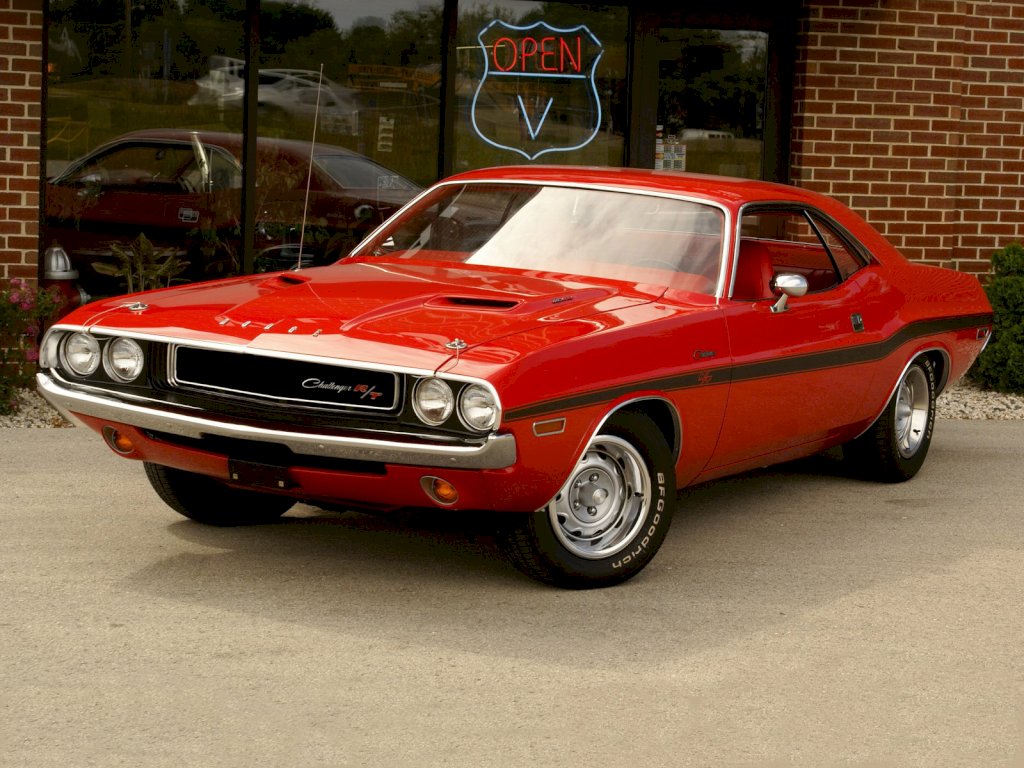In the annals of American automotive history, few cars have left as enduring an impression as the 1970 Dodge Challenger R/T. Born during the height of the muscle car era, this iconic vehicle stands as a symbol of power, style, and performance. In this comprehensive article, we will embark on a journey back to 1970, exploring the origins of the Dodge Challenger, the R/T variant, its design and engineering, its legendary powertrains, its enduring legacy, and why it continues to captivate car enthusiasts and collectors worldwide.

Origins of the Dodge Challenger
The Dodge Challenger, introduced in 1970, was Dodge’s answer to the pony car segment, a market dominated by cars like the Ford Mustang and Chevrolet Camaro. Chrysler Corporation, the parent company of Dodge, aimed to create a formidable contender that would appeal to performance enthusiasts and offer a distinctive alternative to its competitors.
Designed by Carl Cameron, the Challenger shared its platform with the Plymouth Barracuda, another legendary muscle car. However, it possessed a unique style and identity that set it apart in a crowded field.
Design and Engineering
The 1970 Dodge Challenger R/T was a visual masterpiece, characterized by its long hood, short deck, and aggressive lines. The R/T, which stood for “Road/Track,” was the performance-oriented variant of the Challenger, and its design exuded power and confidence.
The front end featured a bold, split-grille design flanked by quad headlights, giving it a distinctive face that commanded attention. The sloping roofline and optional shaker hood scoop added to its aerodynamic profile while hinting at the performance prowess under the hood.
The interior of the Challenger R/T was equally impressive, with comfortable bucket seats, a driver-oriented cockpit, and a sporty, wood-grain steering wheel. Dodge offered a variety of interior options and trims, allowing buyers to customize their Challenger to their liking.
Underneath its striking exterior, the Challenger R/T featured a robust suspension system that offered a balance between comfortable daily driving and high-performance handling. Buyers could opt for various suspension packages, including the heavy-duty performance suspension, which catered to those seeking even sharper handling characteristics.






